Monday, 15th April
One more try in the early morning light finds me up on Pretorius Koppie watching the sun weakly rising through the haze.

I then take the Fayi Loop (S8 & S14) anti-clockwise and really creep along trying my best to find something worthwhile to photograph.
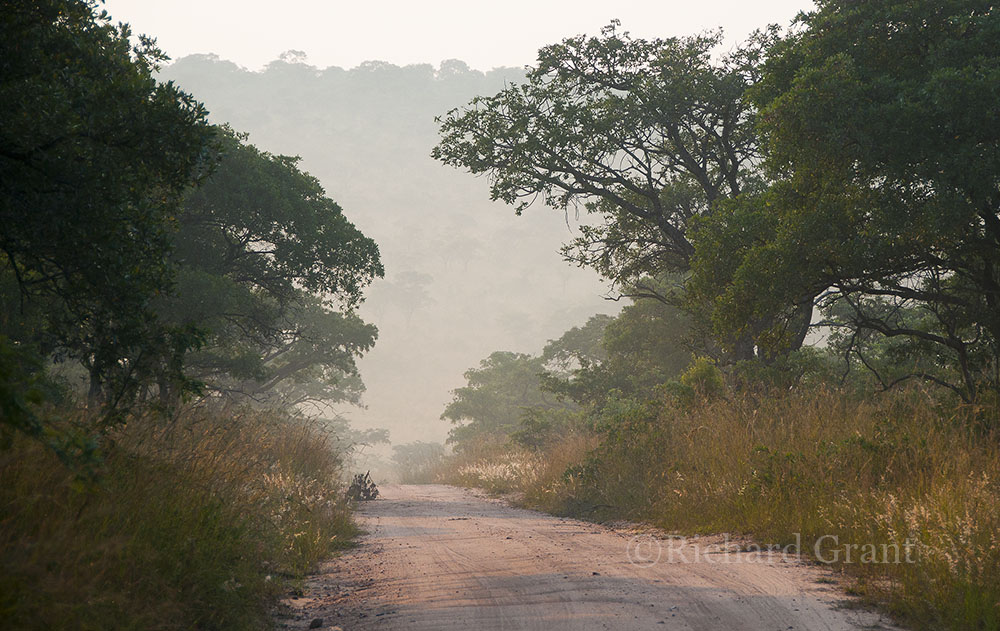
I do the little loops near camp but in the end admit defeat and return to begin packing up for my move to Bergendal.
At 9am I leave camp taking the H1-1 towards Skukuza and then the H3 main road towards Malelane. Immediately a cluster of cars alert me to some lions resting in the shade a good 100m off the road. It strikes me that the first Km below the H1-1/H3 junction is very productive for cats. In the past year we have seen four leopards and other lions here.
Before the Afsaal picnic spot, more cars are spying out a leopard amongst the rocks of a koppie. At the S120 Steilberg turnoff some cheetah are also resting in the shade not far off the road but with the caravan in tow, I prefer to press on. The temperature is rising rapidly and this is the hottest day for some time.
The excellent campsite at Bergendal is empty and I quickly set up in our usual place near thick bush. No sooner have I completed things and retired into the caravan than there comes a crash outside. I open the door and come face to face with a huge baboon that is casually helping himself to our vegetables which he has spilled out on the floor. In fact a whole troop of them grab potatoes, gem squashes and bolt for the bush followed by a volley from my Tazer gun. I hope there are no incidents when the young children arrive on Friday.
This afternoon at 4pm I set off for the Mtajulu waterpoint along the S110 loop. How different is the veld here with short grass and real bushveld vegetation. In the 6Km from camp to the water point I see more animals than I saw during the six days spent at Pretoriuskop.
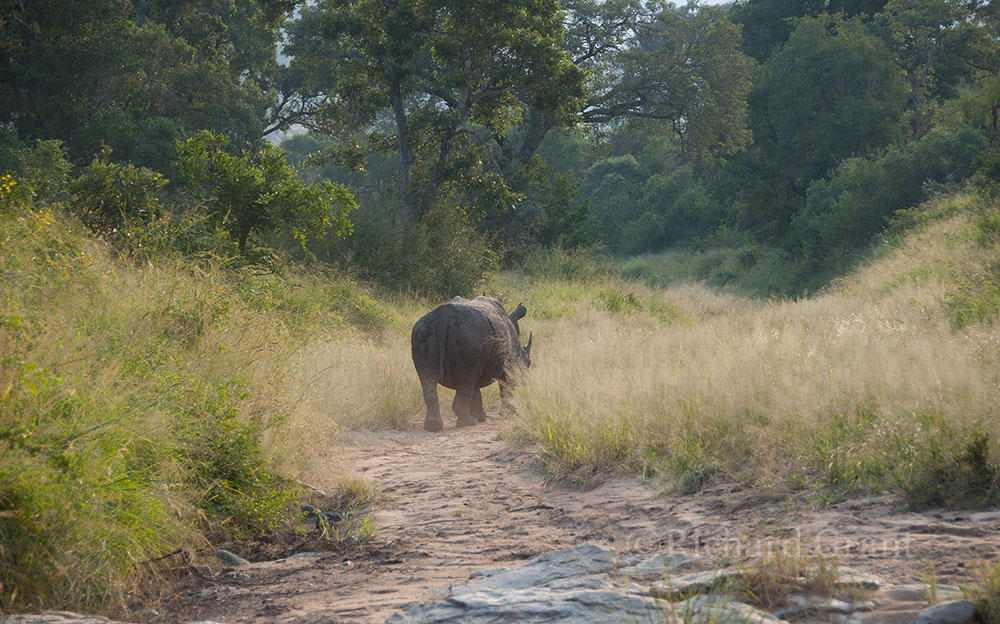
Zebra, large impala herds, a white rhino, ellies, giraffes, warthogs and wildebeest all line the road.
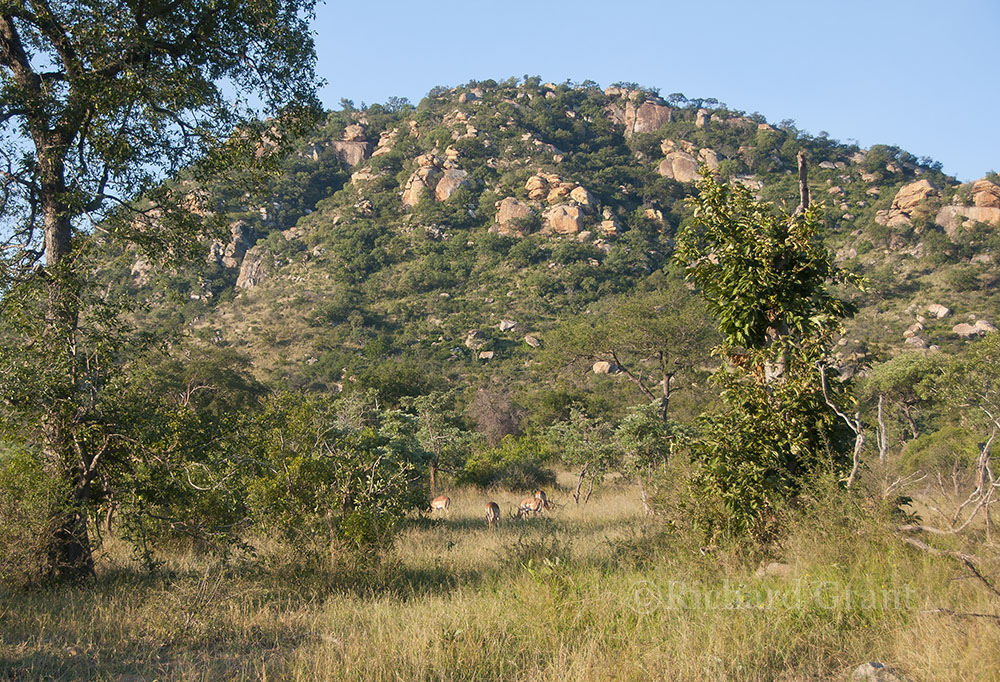
Poor, beautiful Pretoriuskop. One is just willing this idyllic camp to produce something but oh my goodness it was bereft of both beast and bird. And my photography is important to me.

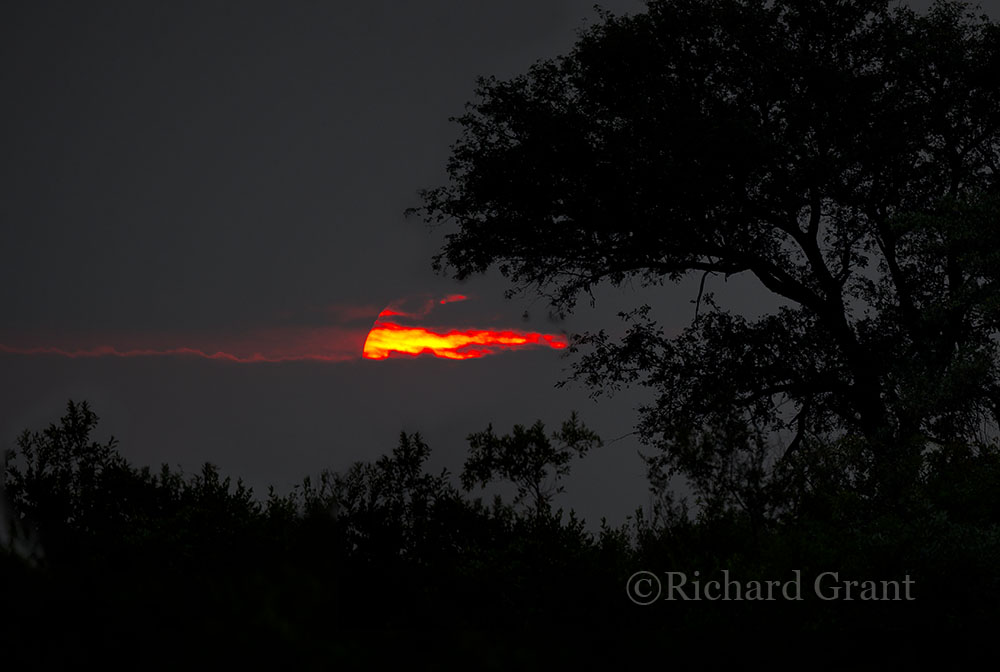
At 8pm I open the door of the caravan and a large animal crashes off into the bush. I grab my torch and I think that I can make out the form of a hyena although I cannot be certain. I think we must be on our toes here.
The wind changes to the south a light rain starts to fall.
Tuesday, 16th April
I leave camp at 6am and take the main S110 road down to Malelane. I stop to admire a pair of African Hawk Eagles in very dark light.
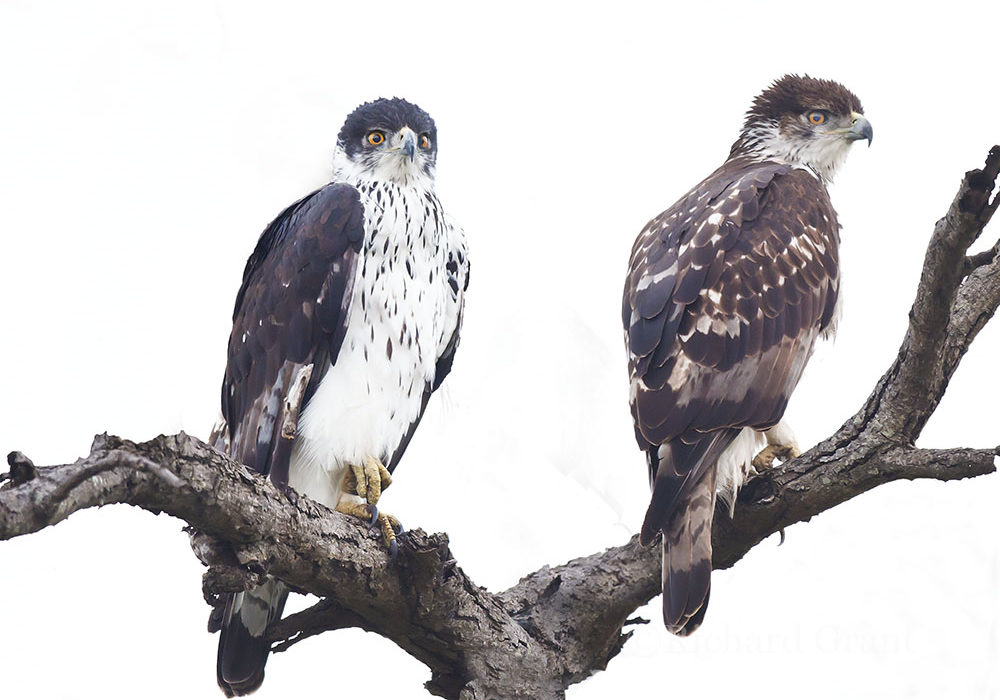
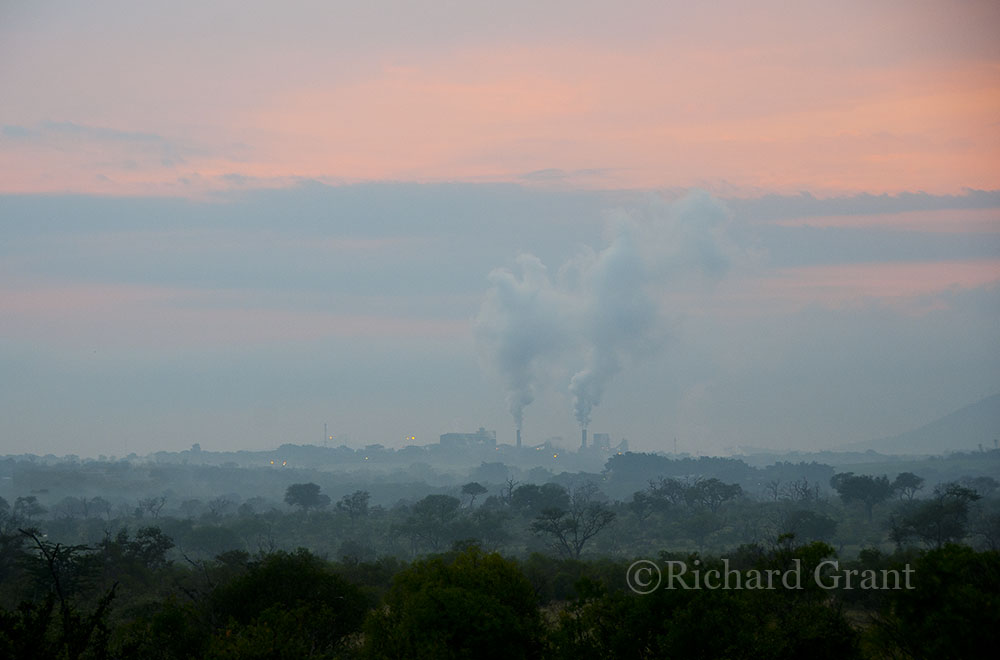
I go up the H3 road, cross the Matjulu bridge and then turn right along the S114 gravel road. The problem at this time of the year is that the entry gates and the camp gates both open at 6am so from the tyres marks I can see that six cars are ahead of me.
I am heading for one of my favourite drives in the Park, the Mlambane river road (S119) which I reach via the S25. Immediately I get results as I find a magnificent pair of Bateleurs on a branch near the road.
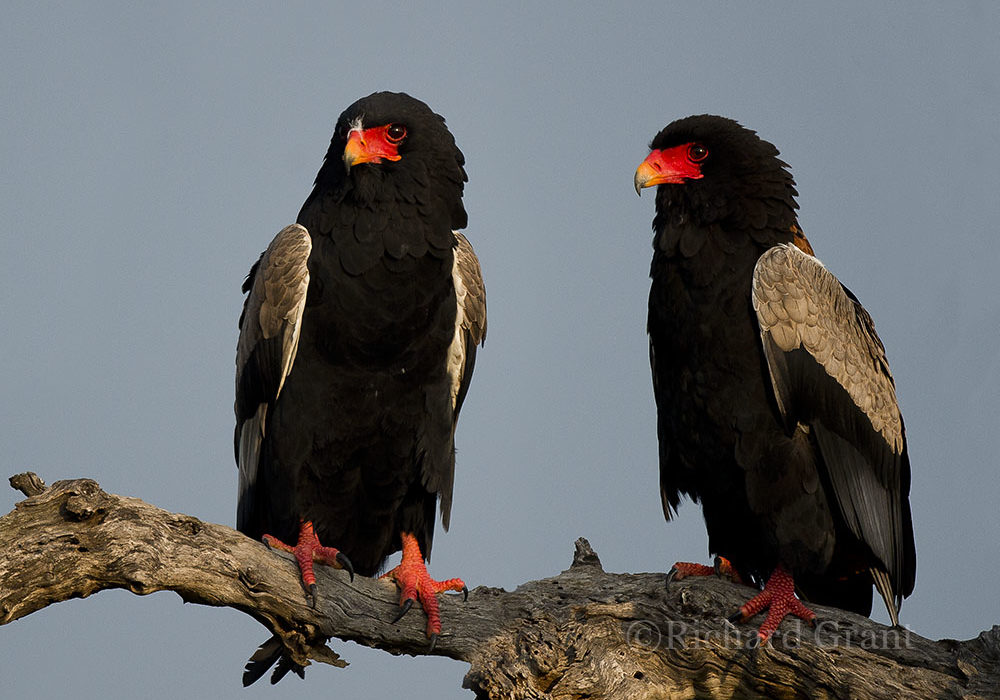
After a while the male flies off calling as it does so. The remaining female then performs a ritual that I have not seen before. It cocks it wings………

………. and then bows down, repeated a few times.

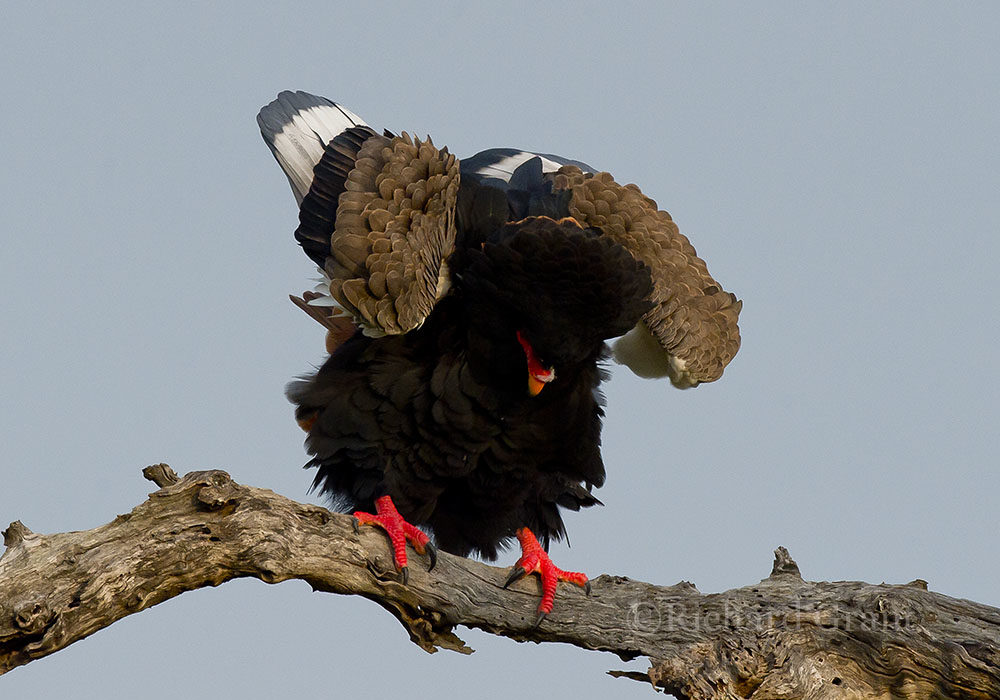

Quite remarkable. Eventually it flies off to join its mate.
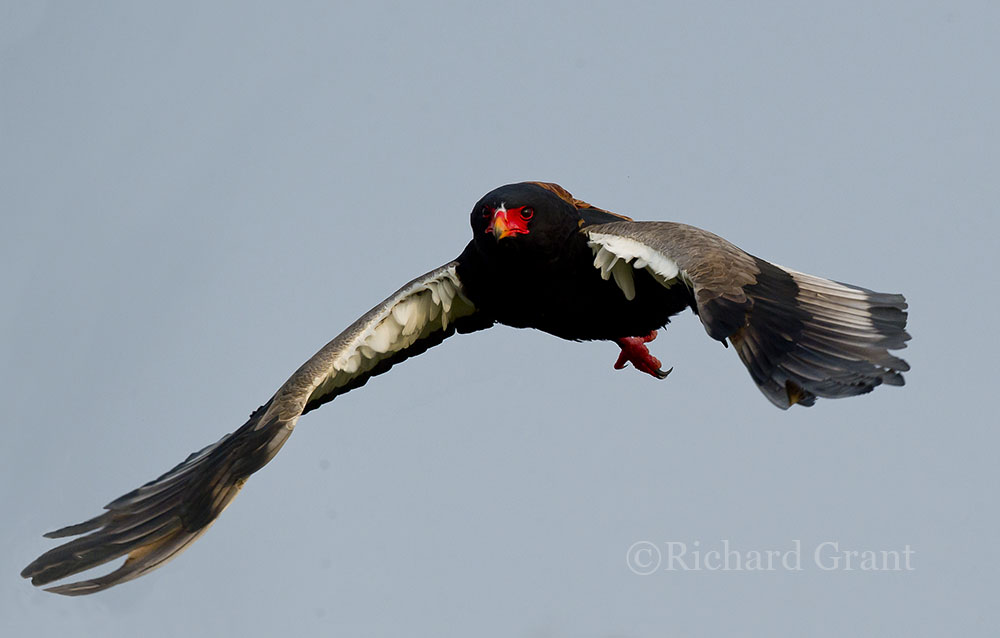
Next I come across a White Rhino with a little calf.
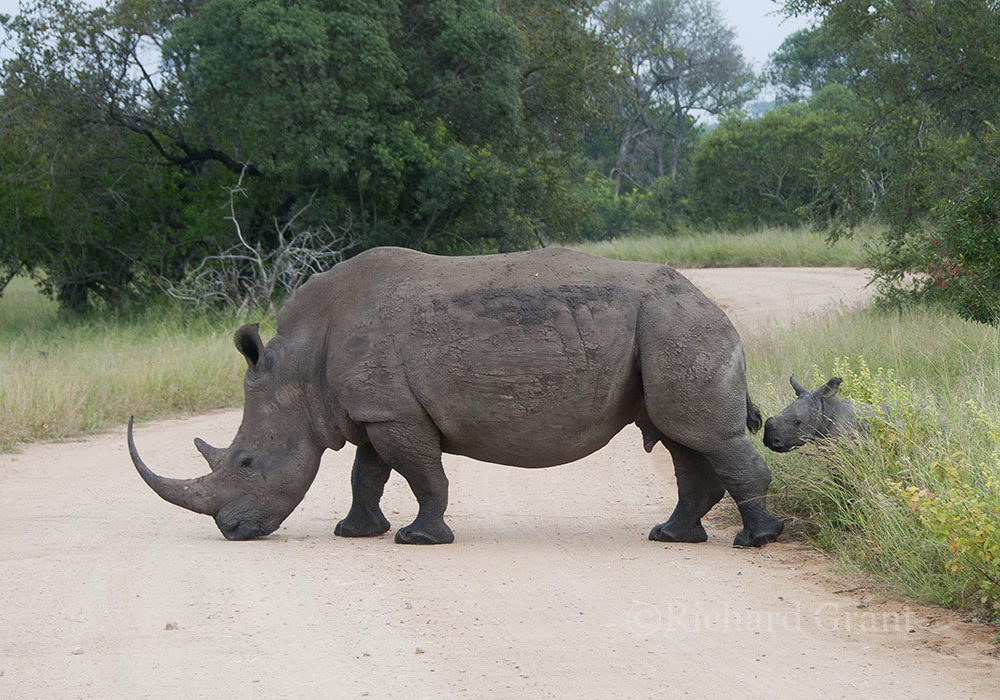
Not much further a a parked tourist bakkie informs me that a Male Leopard has just crossed the road and disappeared into the riverbed. I wait for a while but he is lying low.
There is non-stop activity and my poor opportunities at Skukuza and Pretoriuskop are now just a distant memory. I pass a Tawny Eagle and a White-headed Vulture.
On the low-level causeway over the Mlambane river I note how much water is standing in large pools.
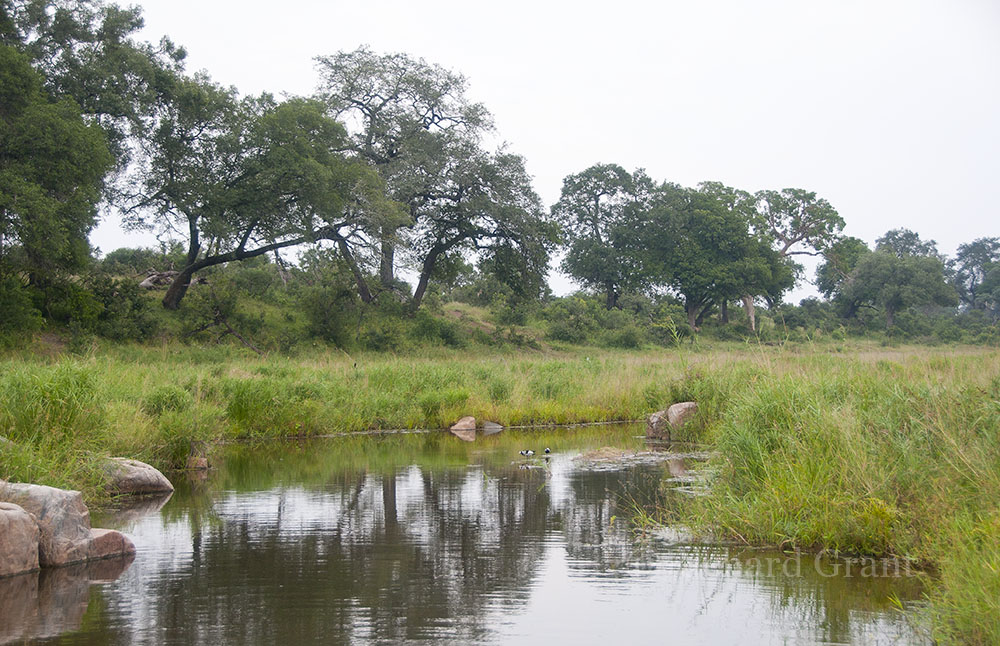
After a really action packed morning, I travel down the H3 all the way to the Malelane Gate where I exit the Park and go and book the Quantum in for a service in Malelane town. We have been almost 3 months now in Kruger and we have clocked up 10,000Km’s in the Park.
Back in camp I learn that Warren and Renette will now be arriving tomorrow, Wednesday, from Jo’burg so I do a spring clean of the caravan and put up the tent.
This afternoon I go out again to the Matjulu water trough – some 6Km’s distant. This must be one of my most favourite spots in the park as it is always busy with animals and birds.
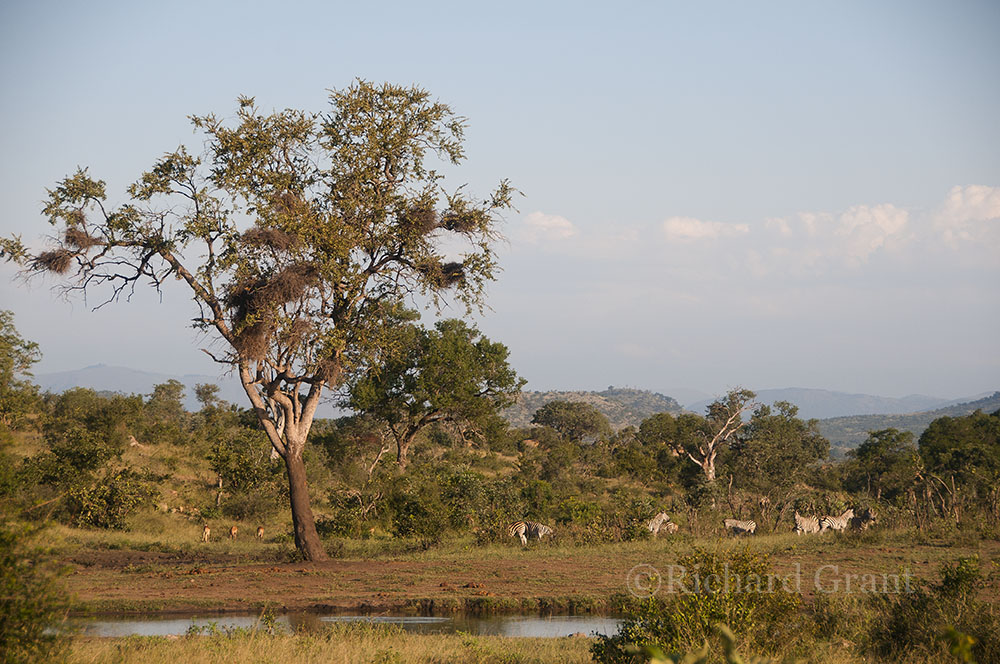
I am kept busy with an ellie sucking water out of the reservoir, zebras drinking and a flock of resident White-fronted Bee-eaters.
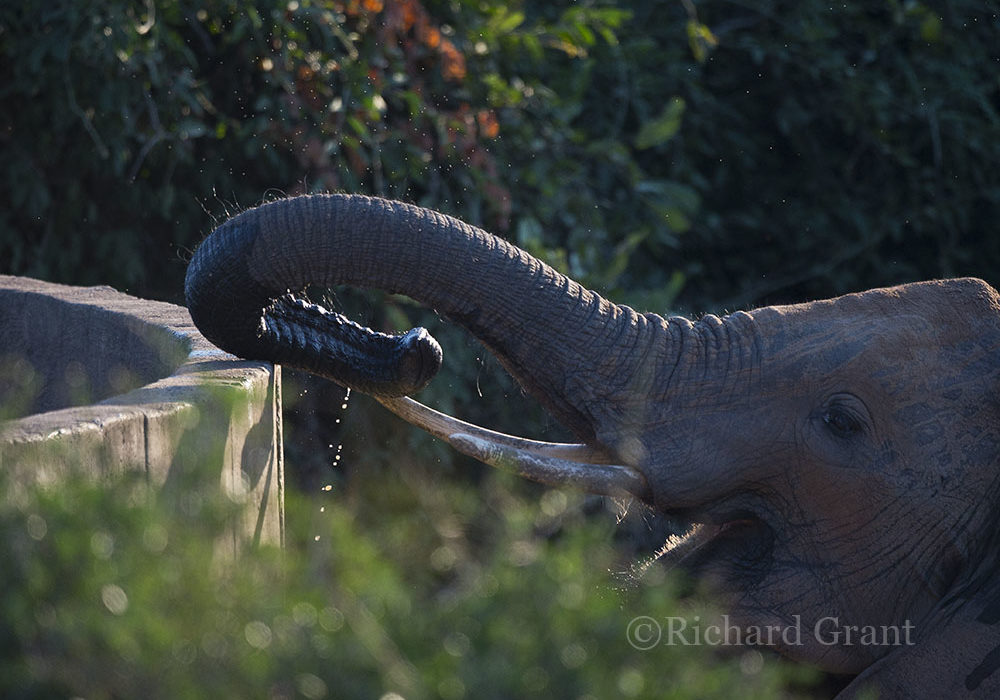
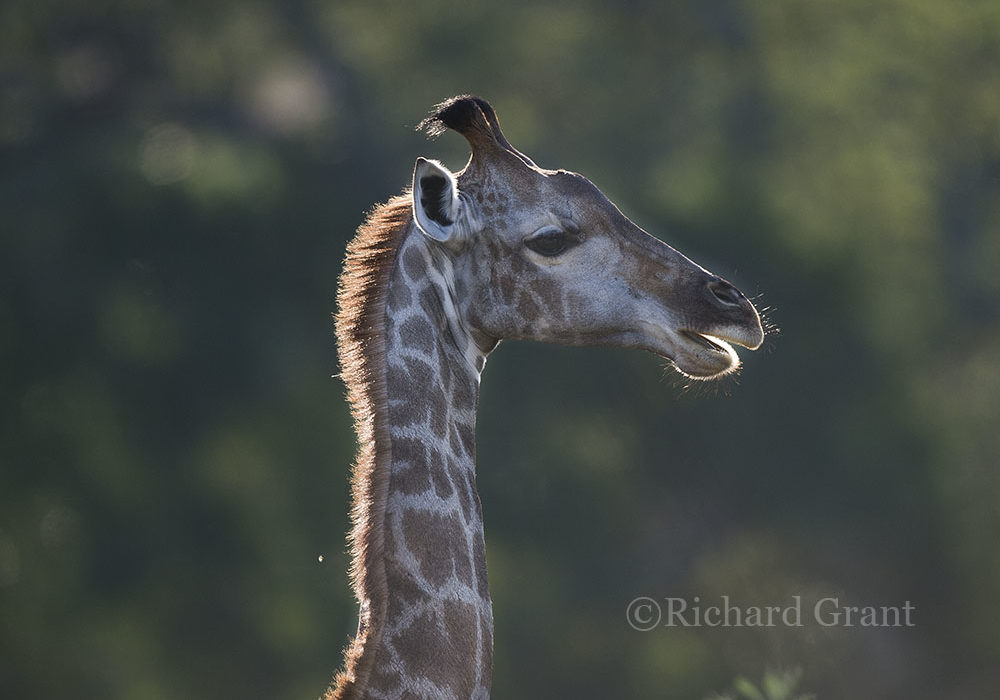
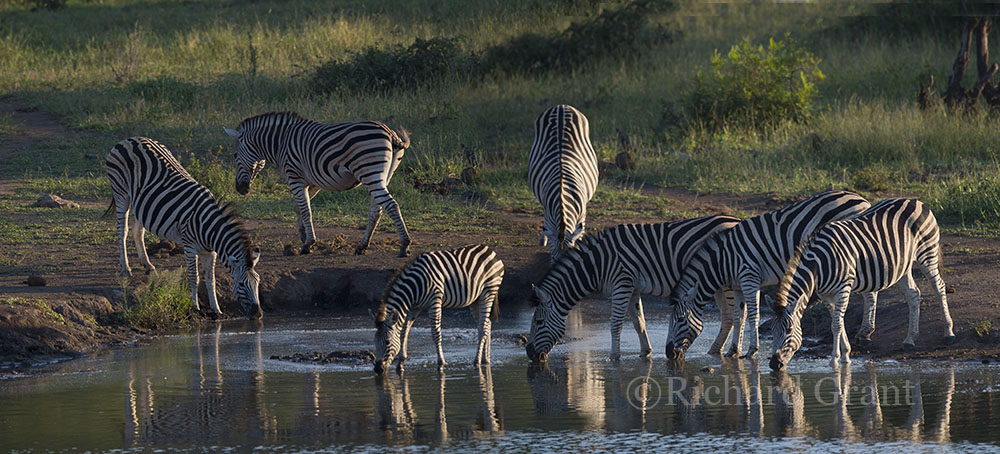
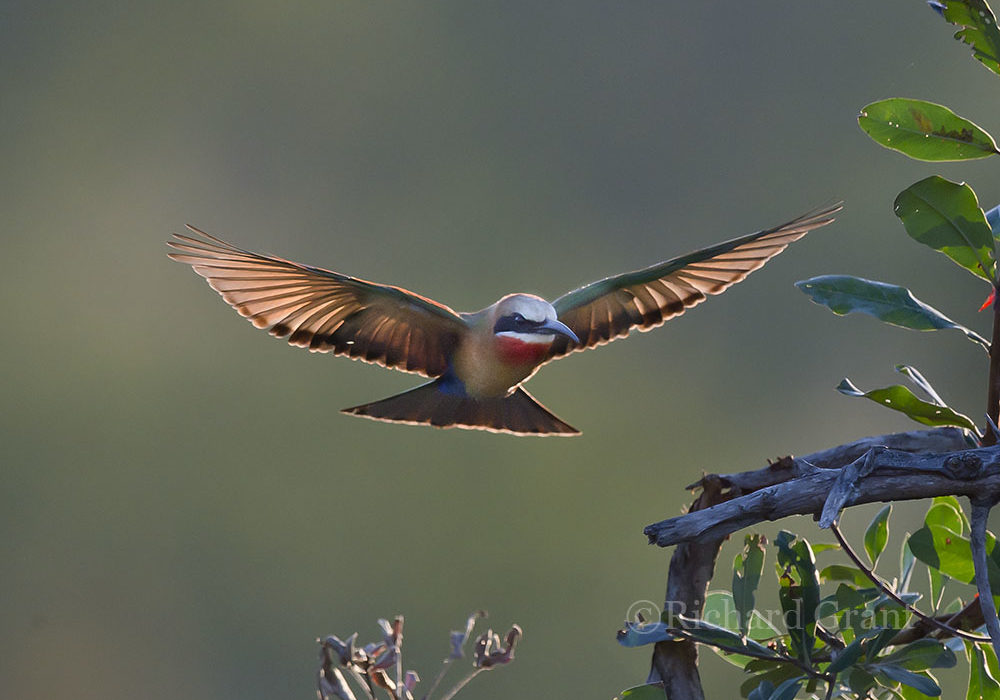
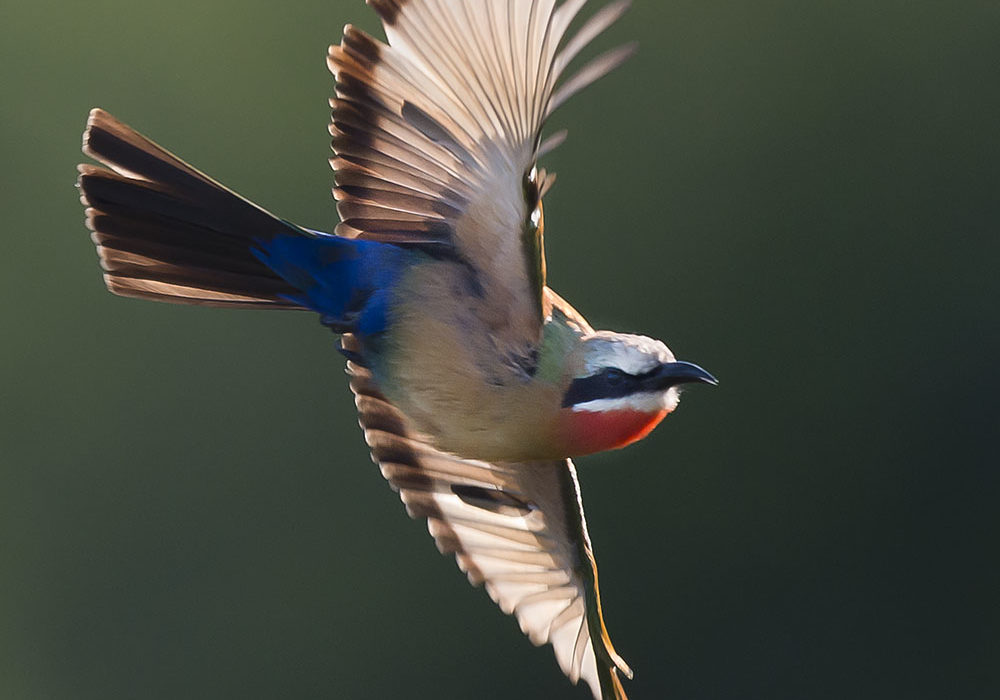
Rather strangely after the sun has set behind the hills, the Bee-eaters come and sand bath close by. Warren told me that on his wildlife course he learnt that birds like to ‘bathe’ in warm sand as it aids their digestion.

What a fabulous day and Bergendal again has proved to be a winner. In my opinion it is Kruger’s hidden little jewel. As I write at 11pm, the rain most unexpectedly begins to beat on the caravan roof.

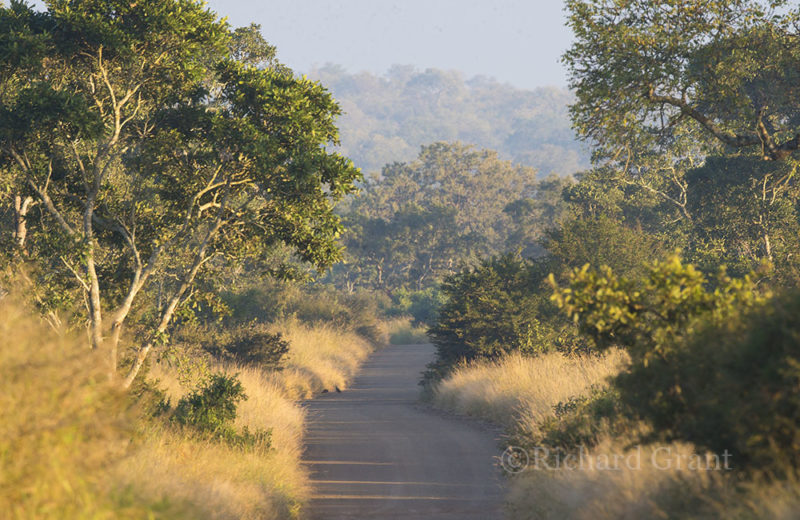
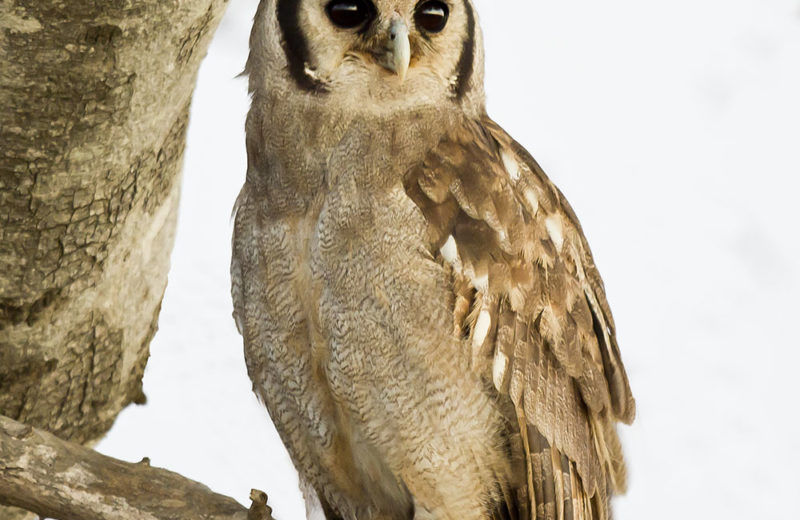
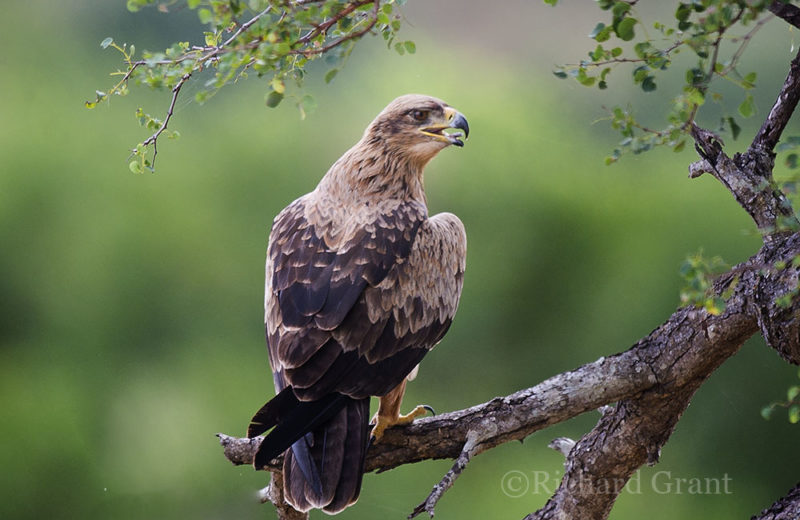
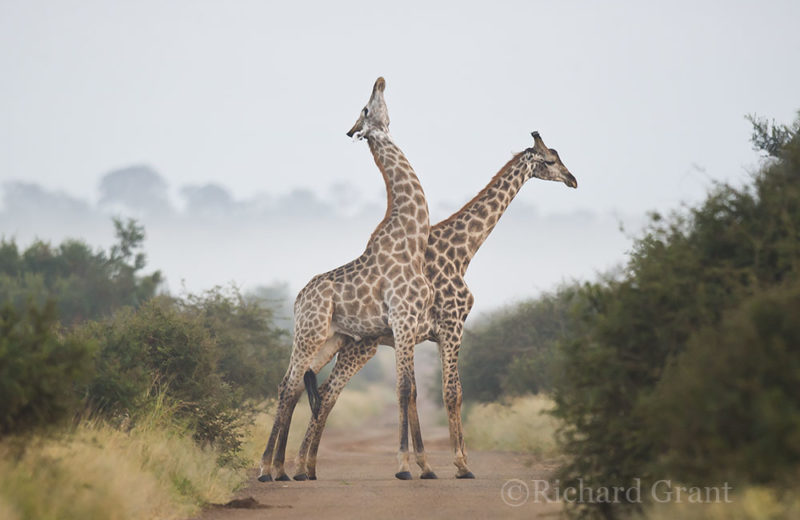
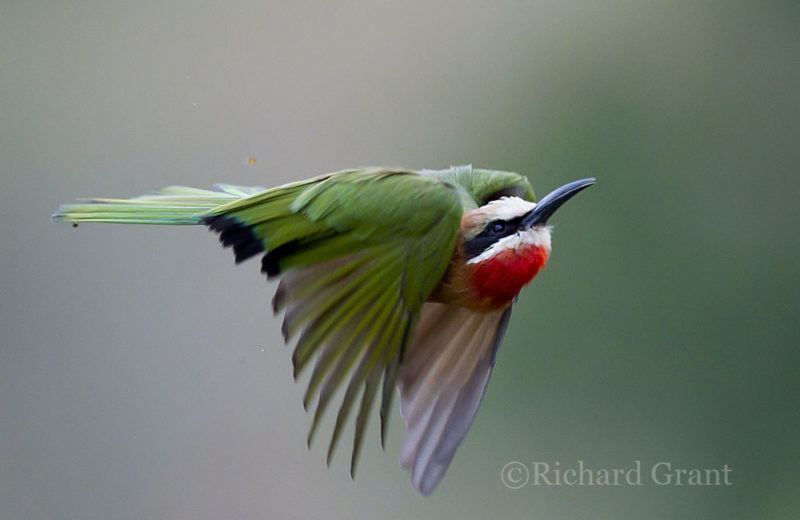

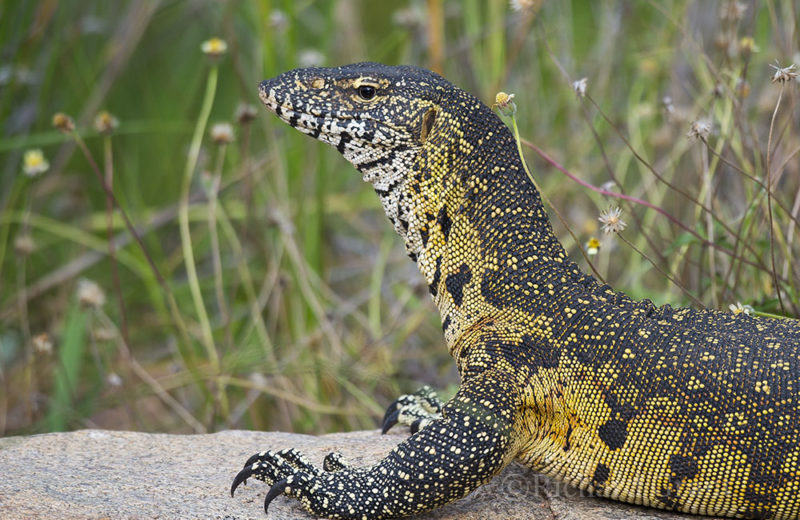
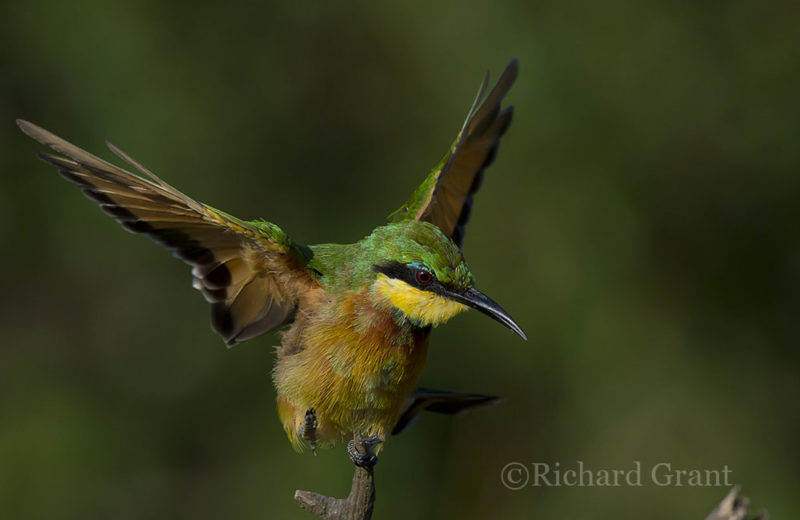
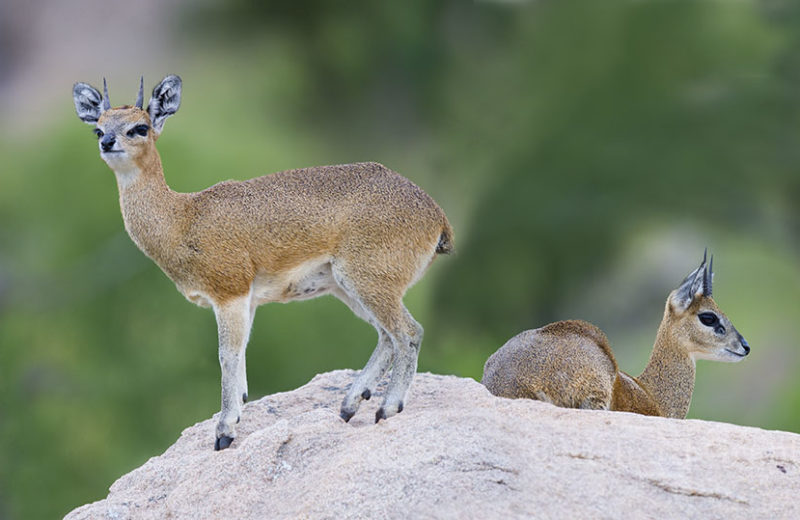
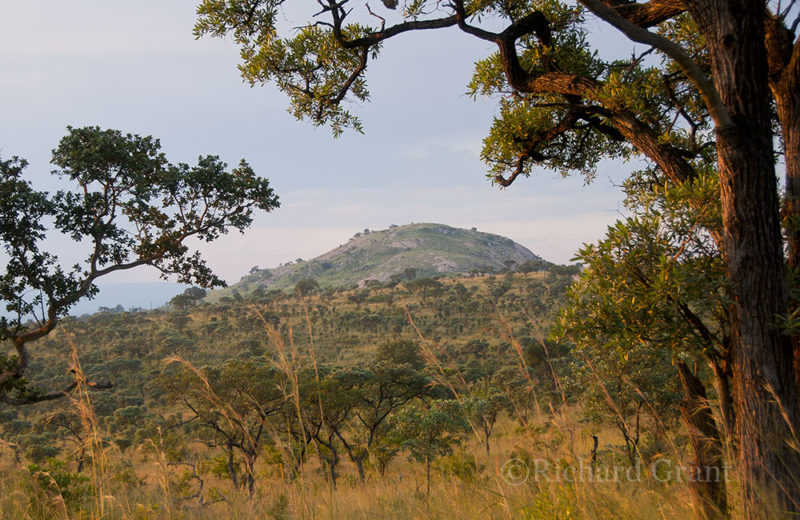
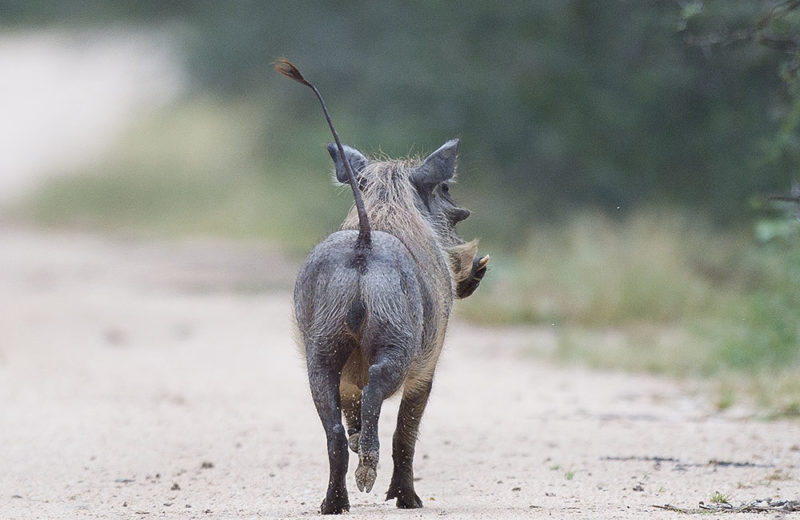
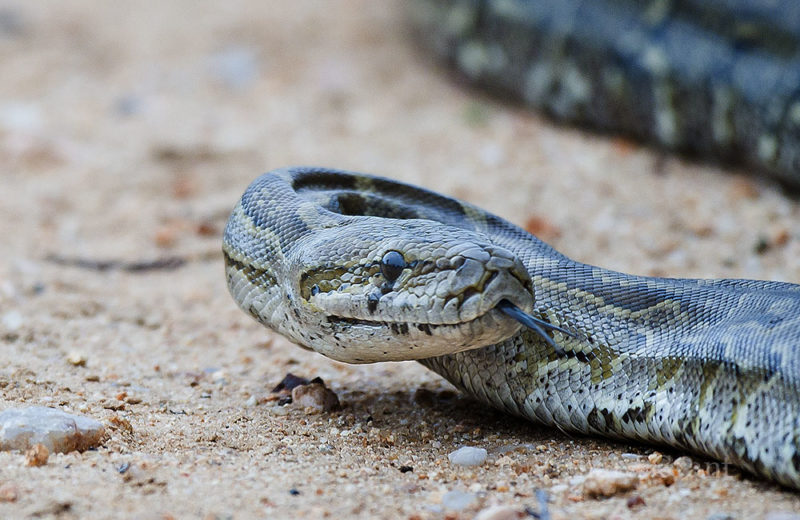
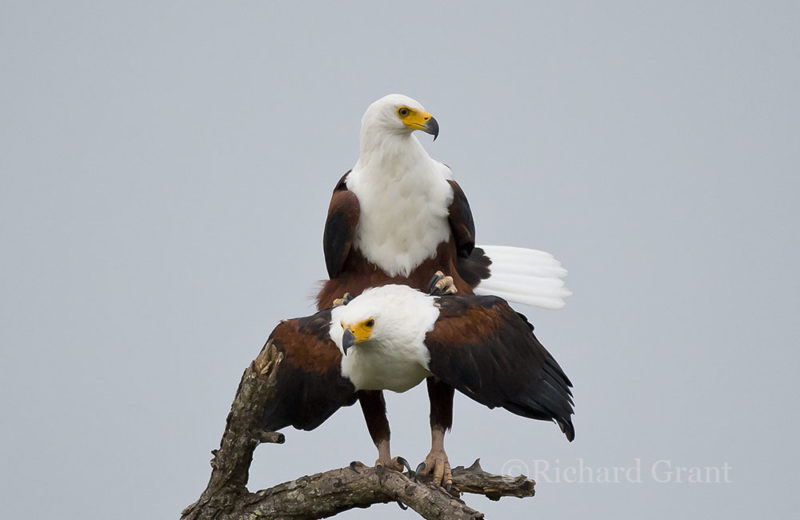
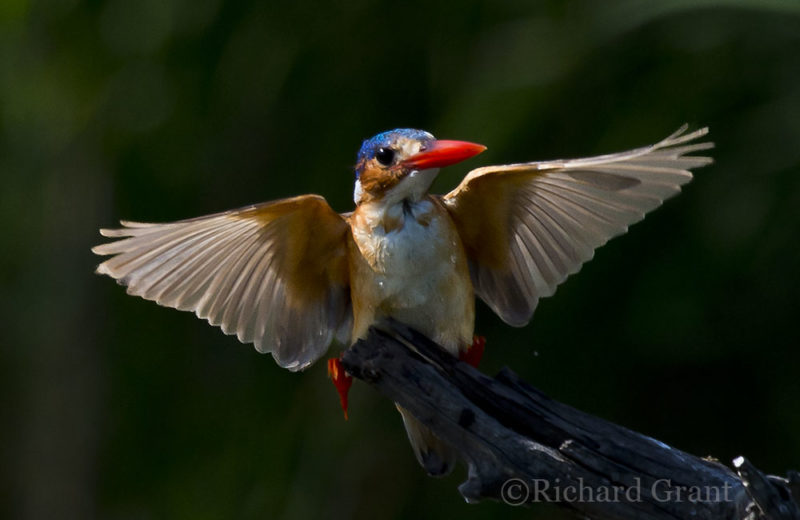
4 Comments
Dave McGaw April 17, 2019 at 3:46 pm
Wonderful pics as usual. I also found Bergendal a great spot, as you say a hidden jewel- long may it last.
Richard Grant April 17, 2019 at 5:00 pm
The camp is beautifully designed with lots of natural bush for birds. The area as a whole just teems with game and is scenically beautiful.
Helena April 23, 2019 at 1:40 pm
We look forward to staying at Bergendal in June. I’m curious to know how you can tell the Bataleur sexes apart. They are renowned for their aerobatic displays and for the first time through your lens you have captured that they are actors even whilst perched.
Richard Grant April 23, 2019 at 7:12 pm
Interestingly, the word “bateleur” means acrobat in French – because of its flight. When perched, the female has a light grey bar on the wing below the grey shoulder patch.